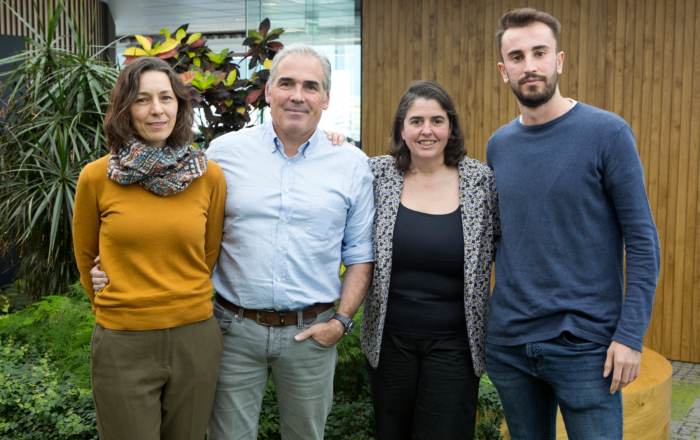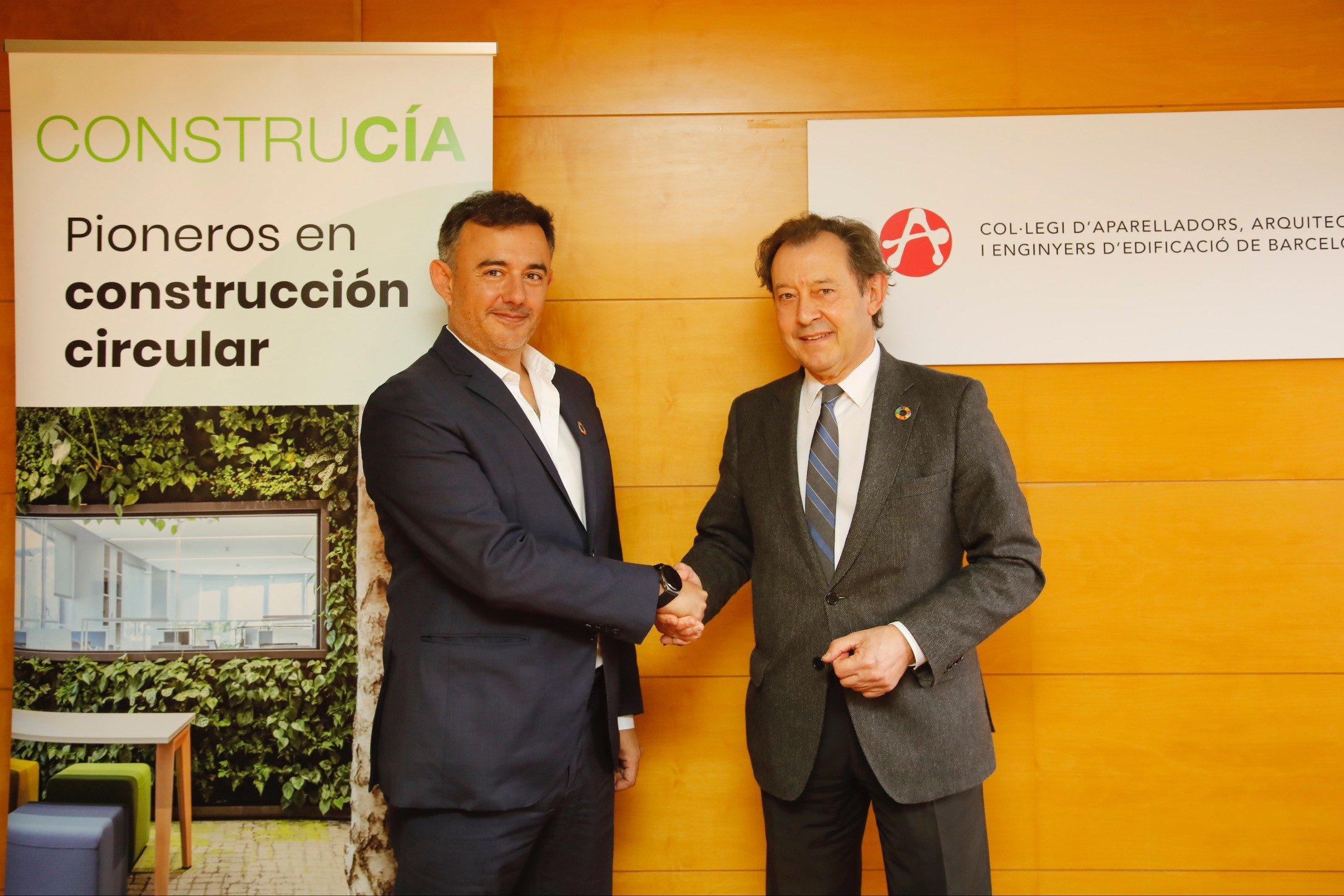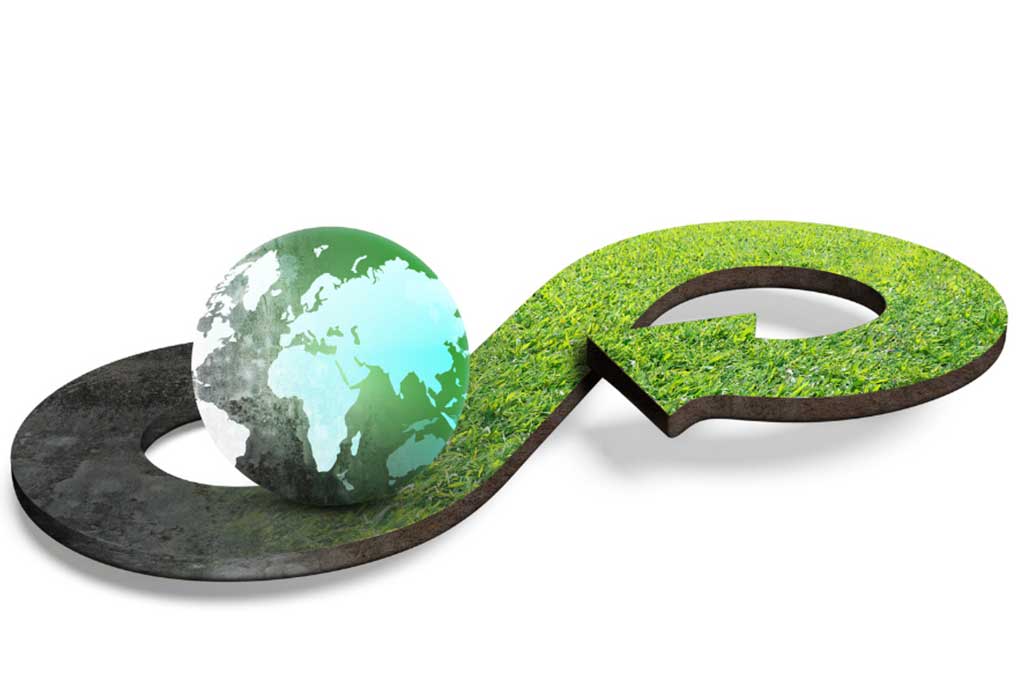In recent years Europe's policies on circular economy have continued to grow and gain importance throughout the continent, although the truth is that in order to move completely from paper to action it still seems to be proving complicated for many of the member states.
In 2015 the European Commission approved an action plan to boost Europe's transition to circular economy. This plan included 54 measures to "close the loop" of the product life cycle and was mainly focused on 5 sectors, including construction and demolition. In December 2019, the European Green Deal was presented, a roadmap for transforming the European economy into a modern, resource-efficient and competitive one. As part of the Green Deal, in March 2020 the new Circular Economy Action Plan was approved, with measures for businesses, public authorities and consumers to adopt a sustainable model. It focuses on design and production, with the aim of ensuring that resources remain in the economy for as long as possible.
Beyond European policies, each country has different circular economy regulations and we find a great disparity between them. There are some who have been on the road towards circular economy for several years now and others who have just left square one.

The Netherlands
The Netherlands is one of the leading countries in circular economy. The Dutch government has an ambitious project to become a country 100% based on circular economy by 2050. "A circular economy in the Netherlands by 2050" sets out the actions and strategies to be carried out to manage raw materials, products and services more efficiently.
As part of this plan, in 2018 they approved a series of transition agendas focusing on 5 sectors, including the construction sector, which accounts for 50% of raw material consumption in the country. One year later, these actions were translated into a set of specific projects to be carried out between 2019 and 2023. The proposed projects include that all government buildings built since then should be zero emissions and that as many recycled materials and resources as possible should be used in construction. By 2030, resource use is expected to be reduced by 50% and by 2050, a 100% circular and waste-free economy is expected. Although the circular economy is increasingly gaining ground in the Netherlands, implementation at national level is not as high as it should be. At local level, there has been more progress, especially in the area of sustainable energy.
France
France, our neighbouring country, has favourable legislation and a clear speech on circular economy and eco-innovation. Several projects such as the roadmap for circular economy (2018) or the Energy Transition Law for Green Growth (2015) have promoted a circular, solidarity-based and social economy. The so-called Law against squandering in a circular economy, approved in February 2020, promotes the management and prevention of waste production, the improvement of consumer information, the fight against squandering and the reuse of resources.
Italy
According to the Circular Economy Network 2020 Report, carried out by the Italian Foundation for Sustainable Development, together with COREPLA (National Consortium for the collection, recycling and recovery of plastic packaging) Italy is in the top positions in Europe in circular economy. The 2020 budget law includes some measures to comply with the Green Deal, establishing a public investment fund to promote innovative projects in sustainability, circular economy, sustainable tourism, decarbonisation and climate change mitigation. Italy is also one of the countries with the highest levels of EMAS and EU eco-labels.
There is clear progress in the policies and regulations approved, but this has shown that there are still structural changes needed to facilitate the transition to a green economy and efficient use of resources.
Germany
Germany is a clear leader in waste management, but it still has a long way to go to transform its economy into a circular system of production and consumption. The Sustainable Development Strategy, the Resource Efficiency Programme and the National Programme for Sustainable Consumption are some of the policies adopted in Germany. But despite the satisfactory results in waste management, they must develop a global framework that goes much further and develops the circular economy in depth.
Luxembourg
Luxembourg's priorities include eco-innovation and circular economy, and public administrations are implementing many measures to achieve the objectives in these areas. Within the so-called "Third Industrial Revolution (TIR)" circular economy is understood as a horizontal axis within the 6 main sectors: food, industry, construction, energy, transport and finance. It is a country committed to circular economy and, in addition to the actions set at national level, it works hand in hand with neighbouring countries.
Belgium
In Belgium the term circular economy has a strong presence in all sectors and has important support from the government in all French regions. Among the most circular sectors, construction stands out as one of the sectors that is making the greatest efforts in terms of eco-innovation. The actions of the different actors show significant progress, but further policy implementation is still needed in the future for the full integration of circular economy in the country.
Portugal
In recent years, the Portuguese government has adopted numerous action plans that have helped the country in its transition to a circular economy, such as the Açao Plan for a Circular Economy in Portugal 2017-2020. As a result, companies, public administration and society in general have increased their interest and awareness of resource management. However, it is necessary to continue implementing instruments and tools that support innovation and circular economy, eliminating existing boundaries and encouraging the participation of all sectors.
Spain
In our country, the best results are found in resource efficiency. There are various policies that promote sustainable development, ecological design, recycling or sustainable construction, but it is common to find many obstacles that hinder progress towards circular economy. Lack of public awareness, political constraints and lack of public and private investment slow down the transition of the economy.
Last June (2020) the Estrategia Española de Economía Circular: España Circular 2030, which will be implemented through several three-year action plans was approved. The plan includes and lays the foundations for the development of a sustainable, decarbonised and competitive economy, in line with national and European policies. The objectives include a 30% reduction in national consumption of materials, a 15% reduction in the generation of waste and a reduction in greenhouse gas emissions below 10 million tonnes of CO2. Circular economy is increasingly in vogue in Spain, although many measures are still only on paper. In 2019, the consulting company Kaizen Institute carried out a study which concluded that only 30% of companies are incorporating initiatives on the use of resources, renewable energies or eco-design. The investment for these initiatives also reaches 12% of the resources destined for projects, investments and strategic initiatives.
A circular economy model implies structural changes in companies and many Spanish SMEs do not consider this sustainable transformation and are unaware of the multiple benefits that circular economy brings, not only for the environment, but also on an economic and social level.
Countries at the bottom of the list in circular economy
Cyprus, Malta, Bulgaria and Romania are countries that are at the bottom of the list of countries in circular economy. Despite this, in recent years they have implemented several projects in the field of eco-innovation, efficient use of resources, energy efficiency or renewable energy sources. It is necessary to encourage more investment and establish real policies that contribute to progress towards circular economy.

In conclusion, we see the trend of the European economy towards circular economy, but there is still a long way to go. There are significant differences between countries and their different legislation, as well as in the awareness of society, businesses and public administrations. If we want a sustainable future, real change is needed in all areas, as well as the creation of more robust systems to guide us realistically towards circular economy.
































































